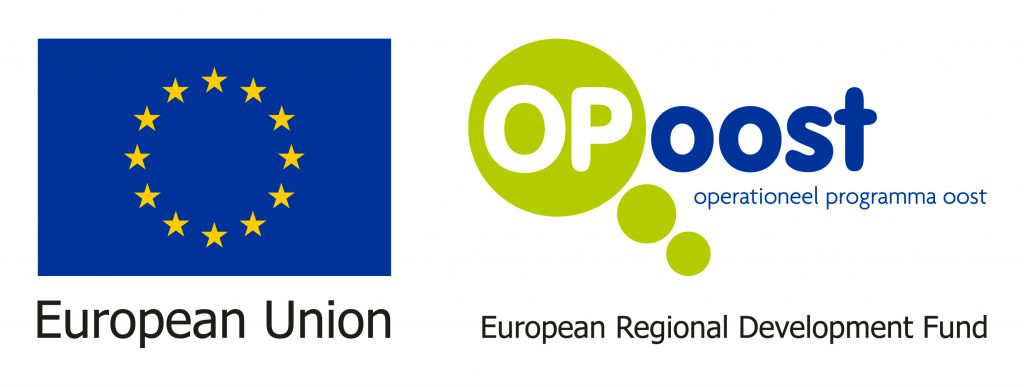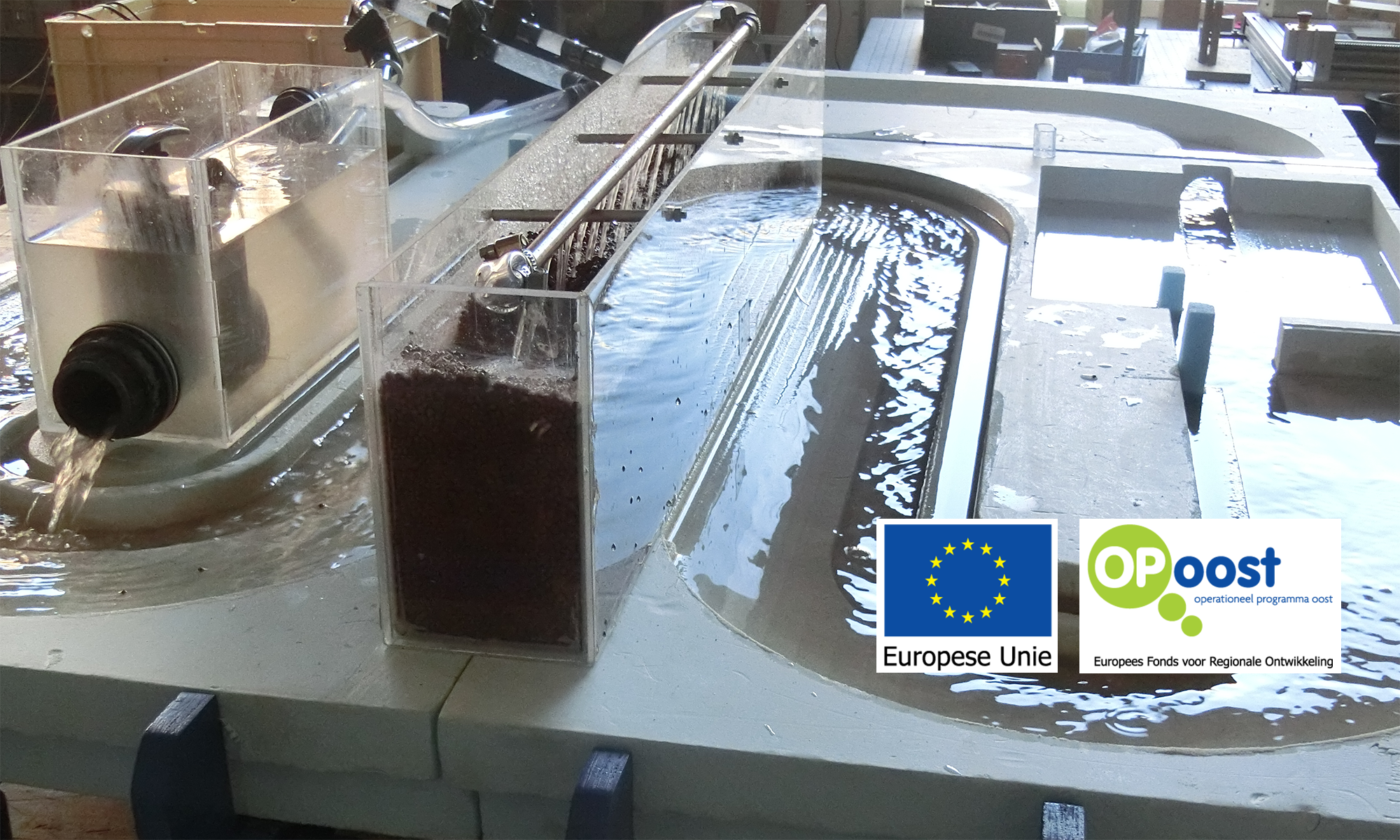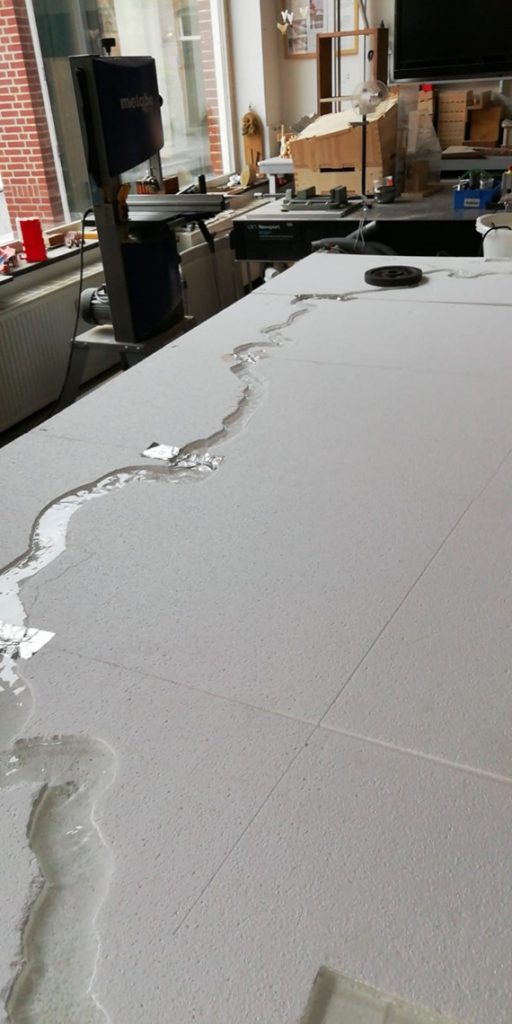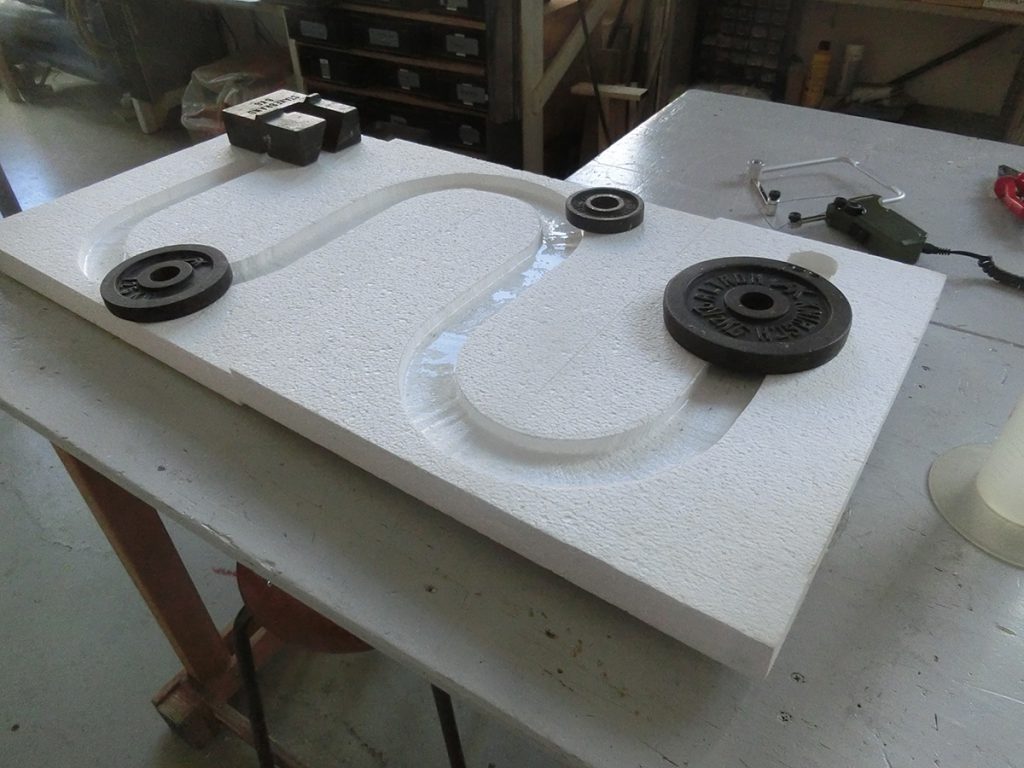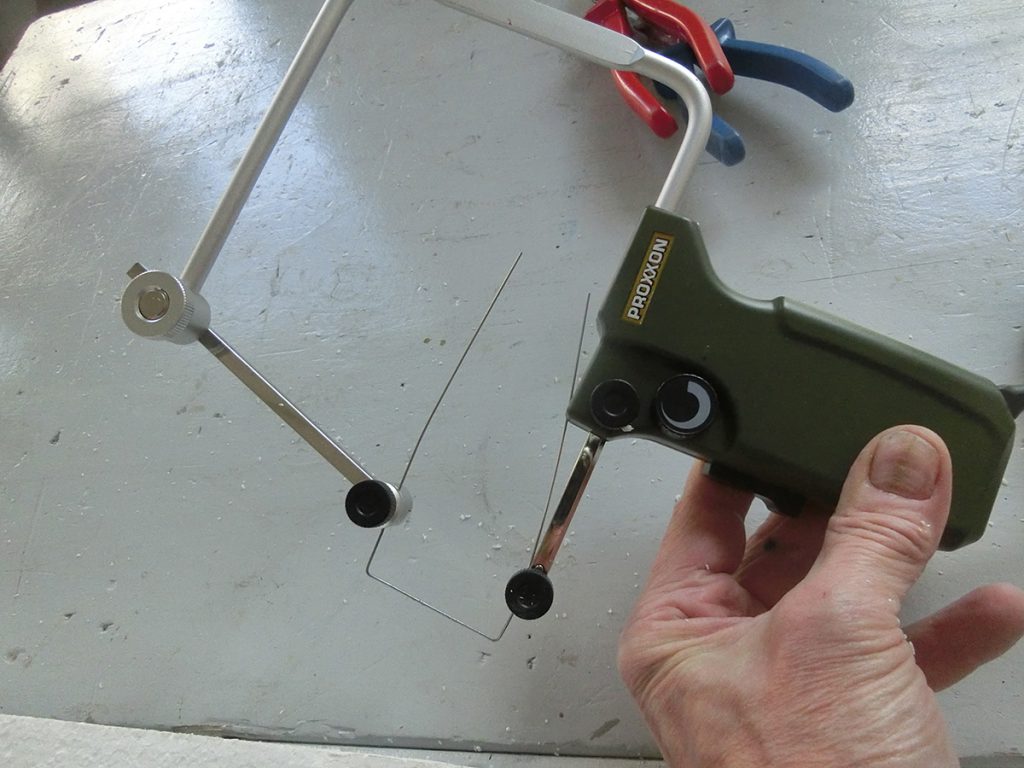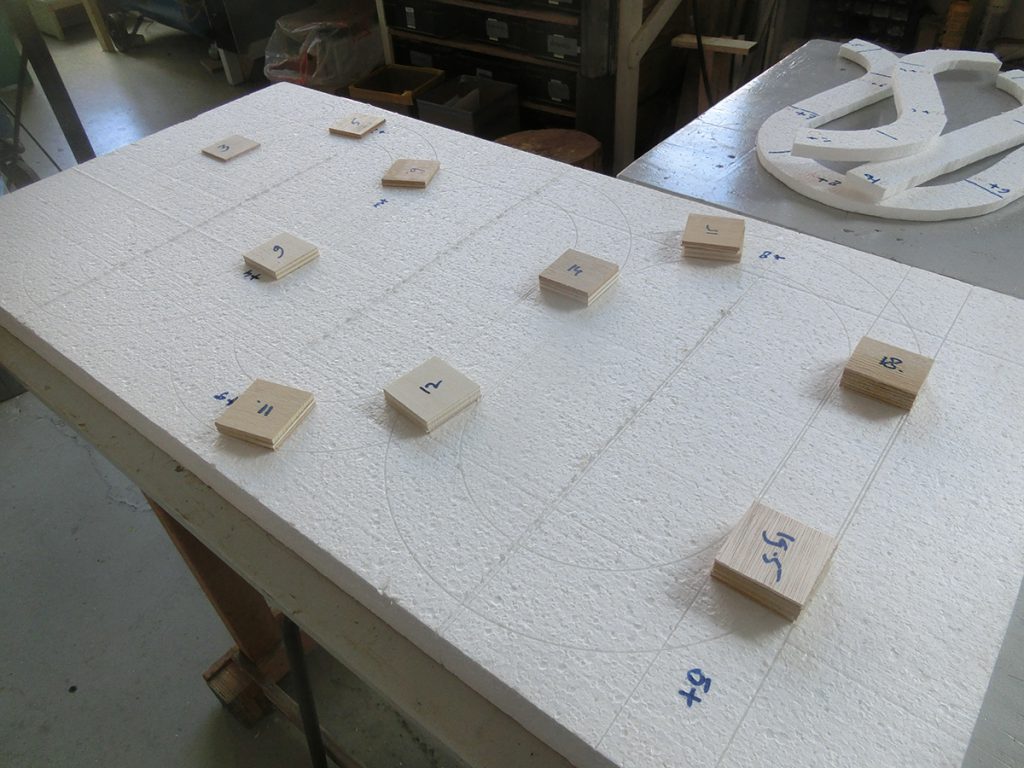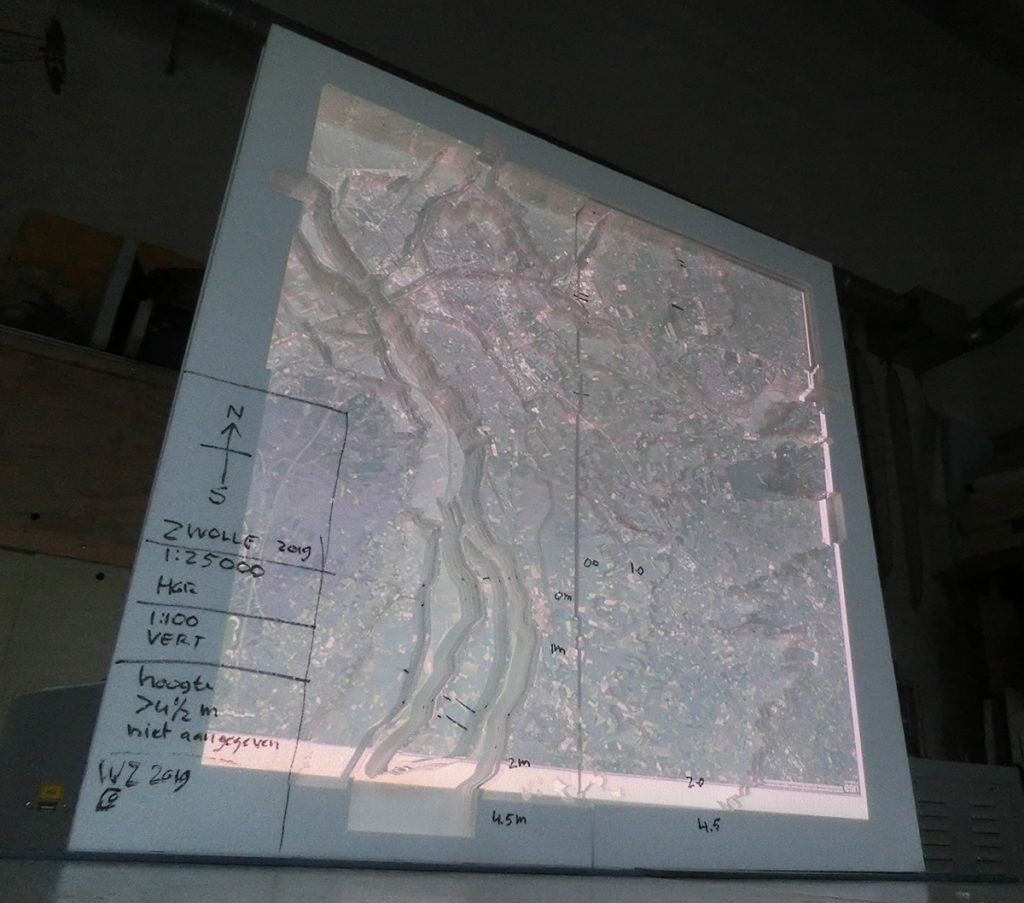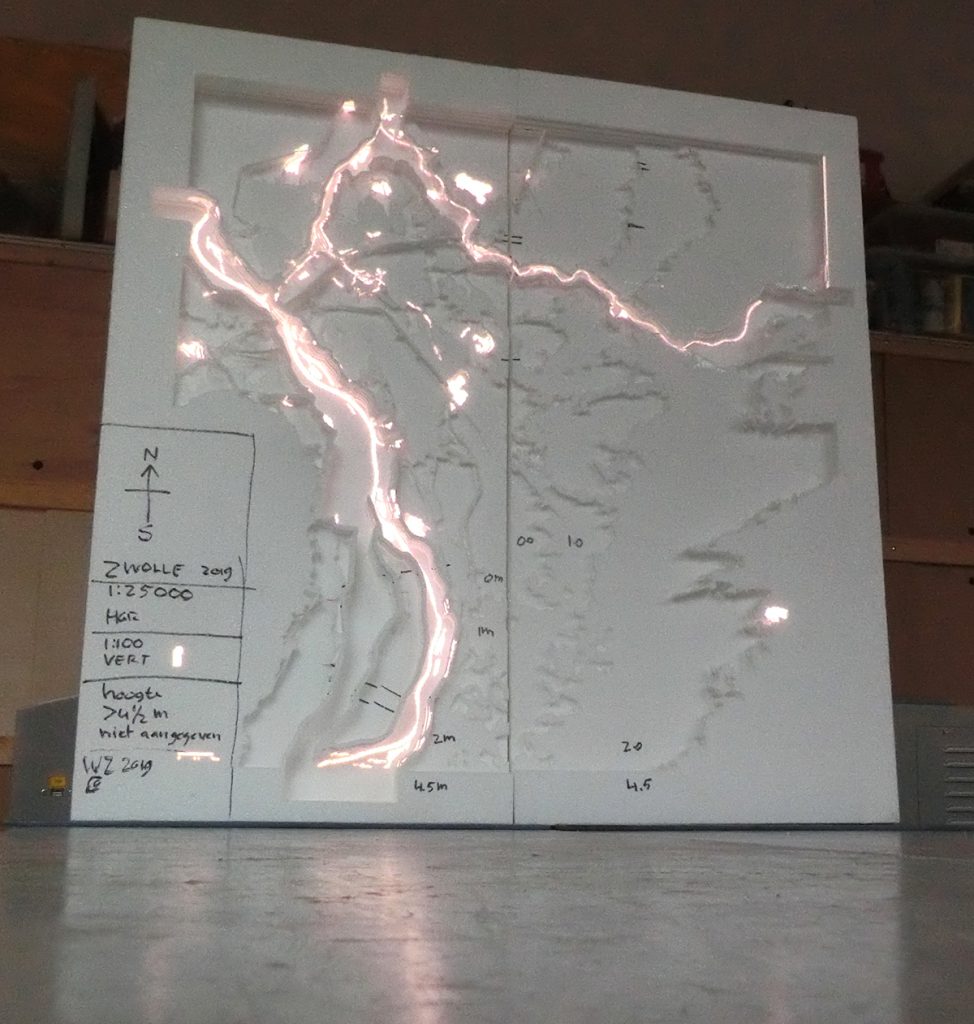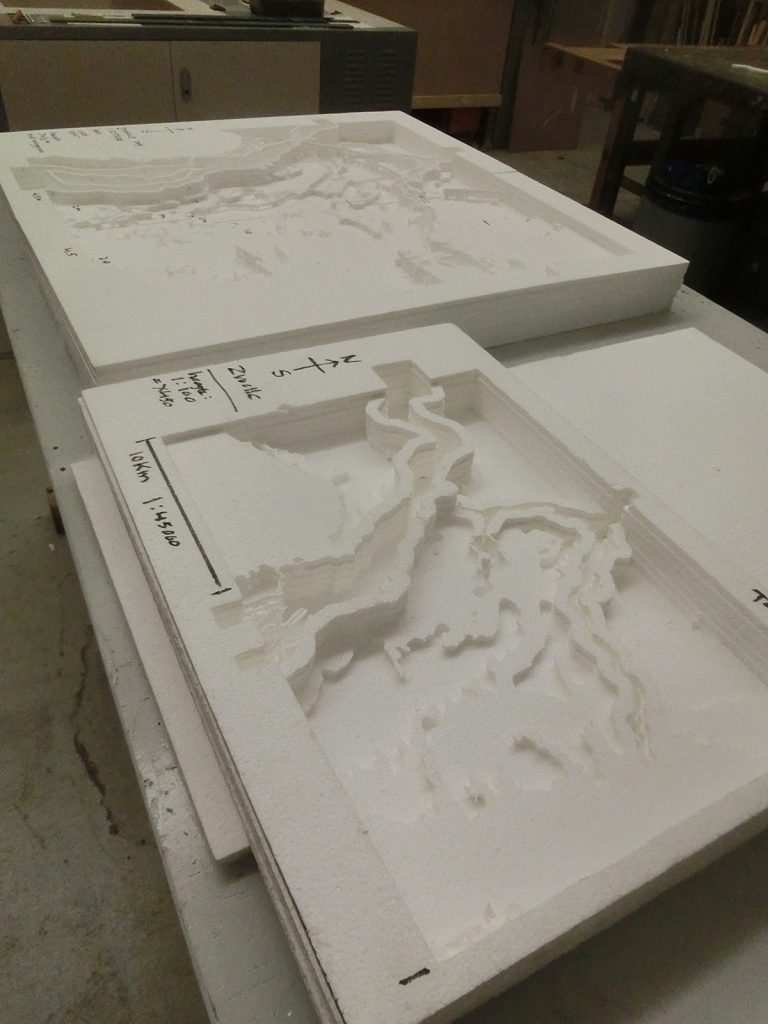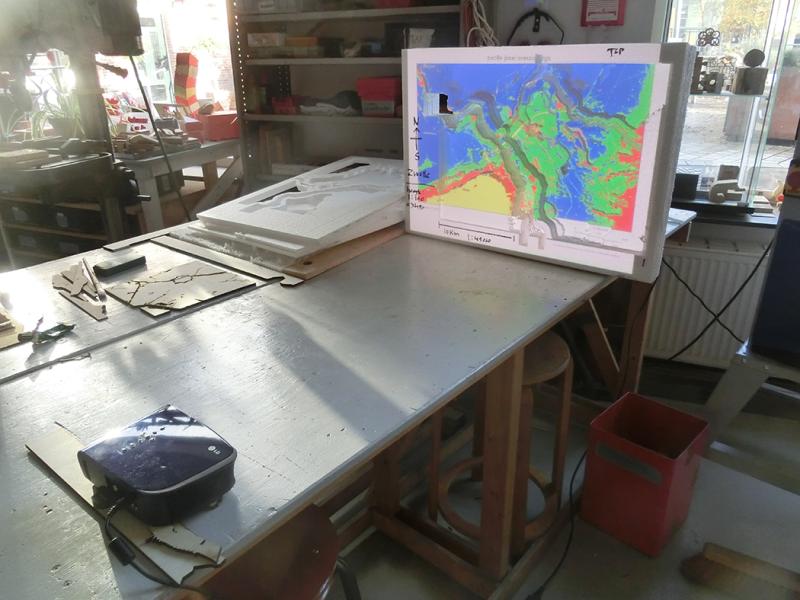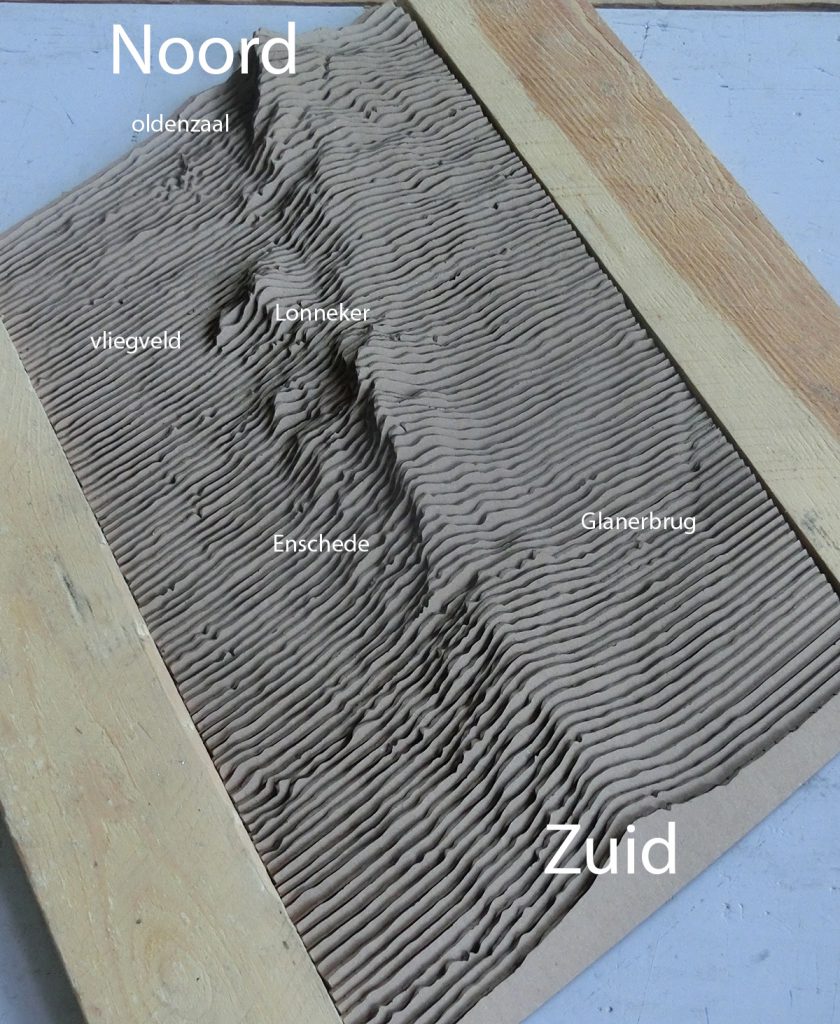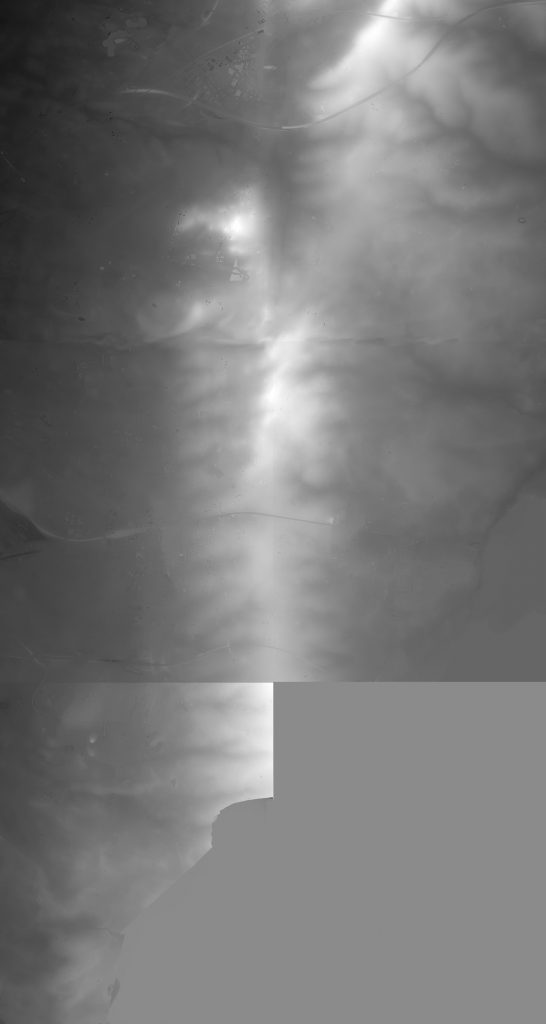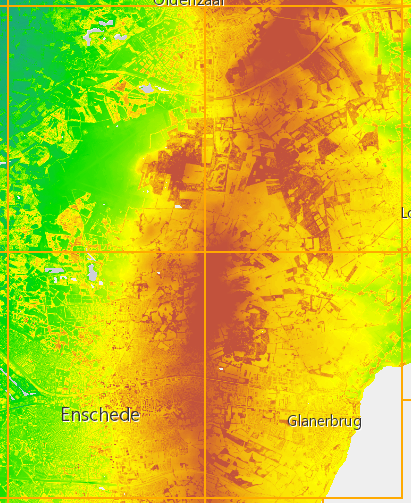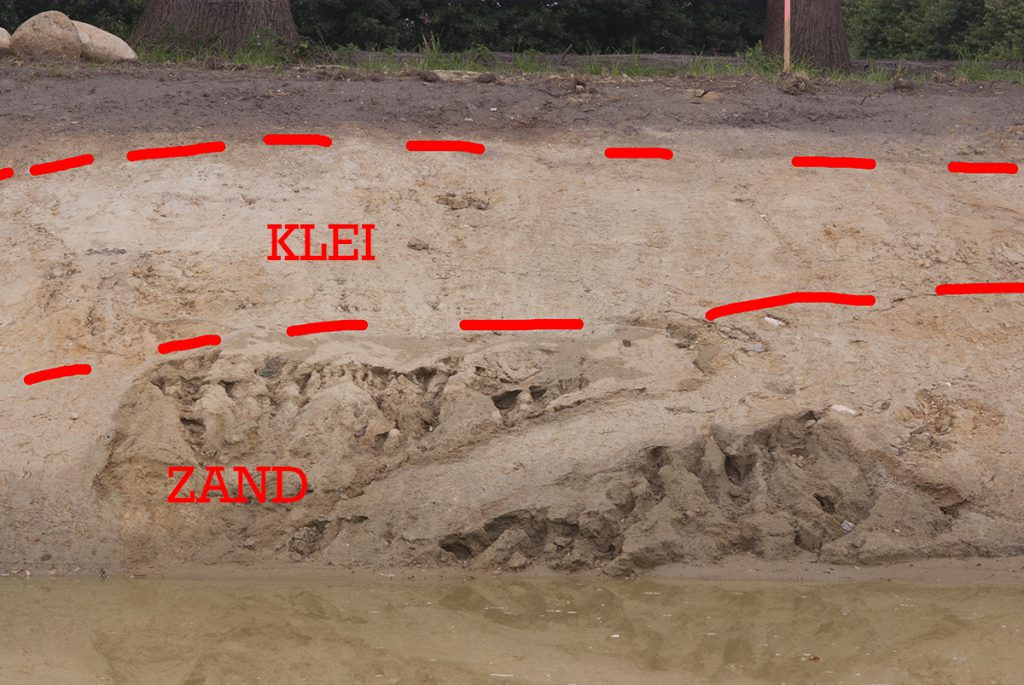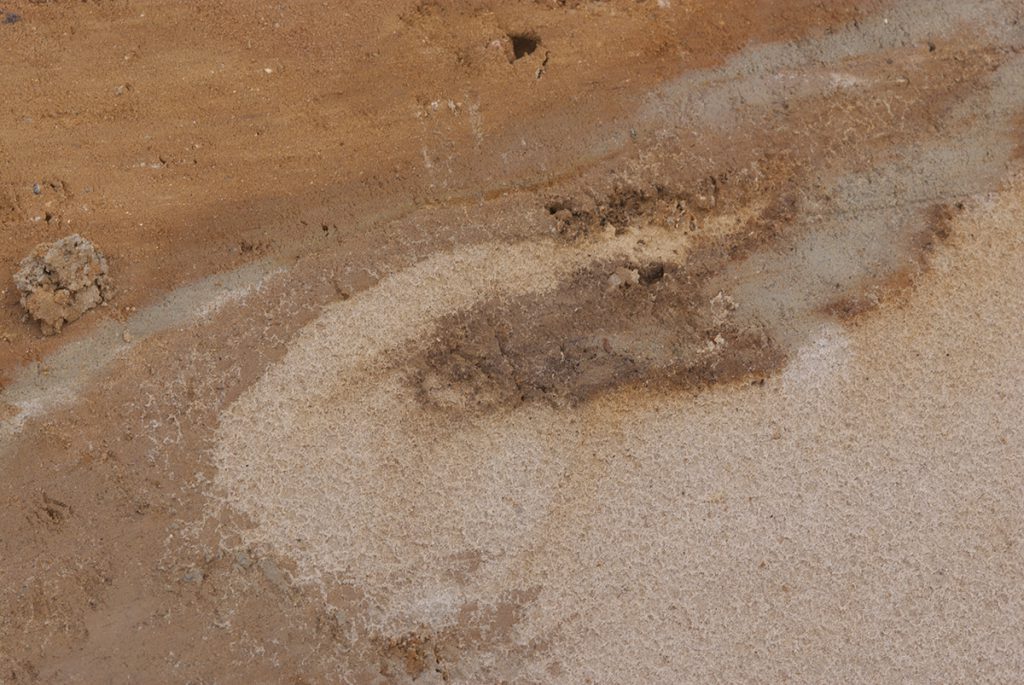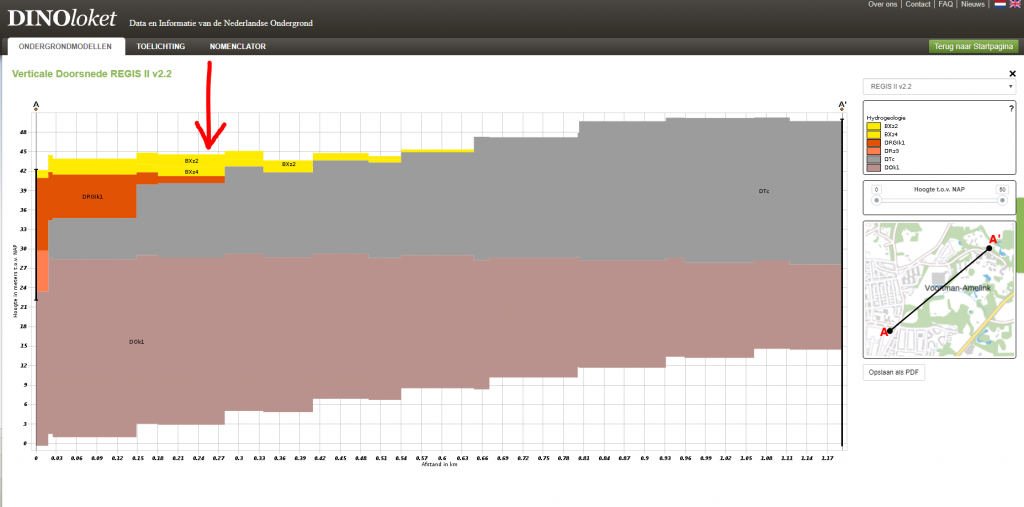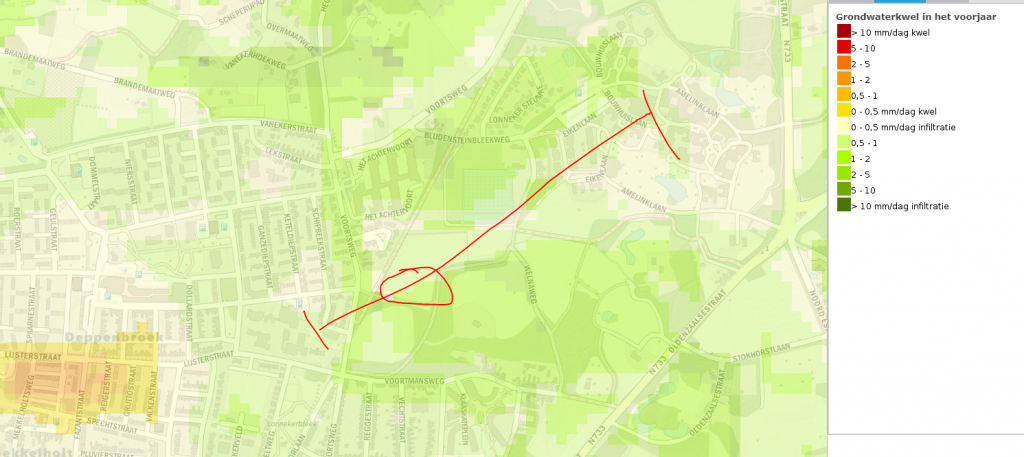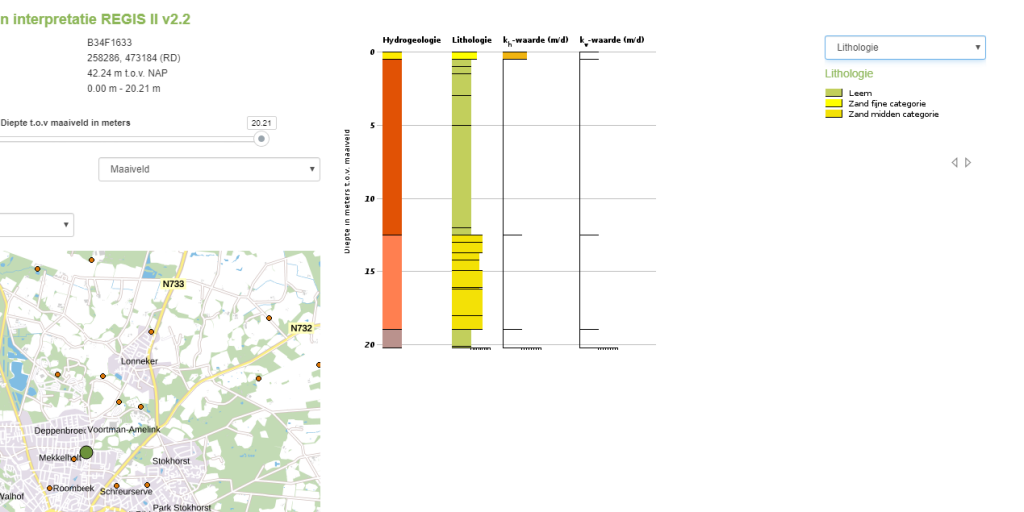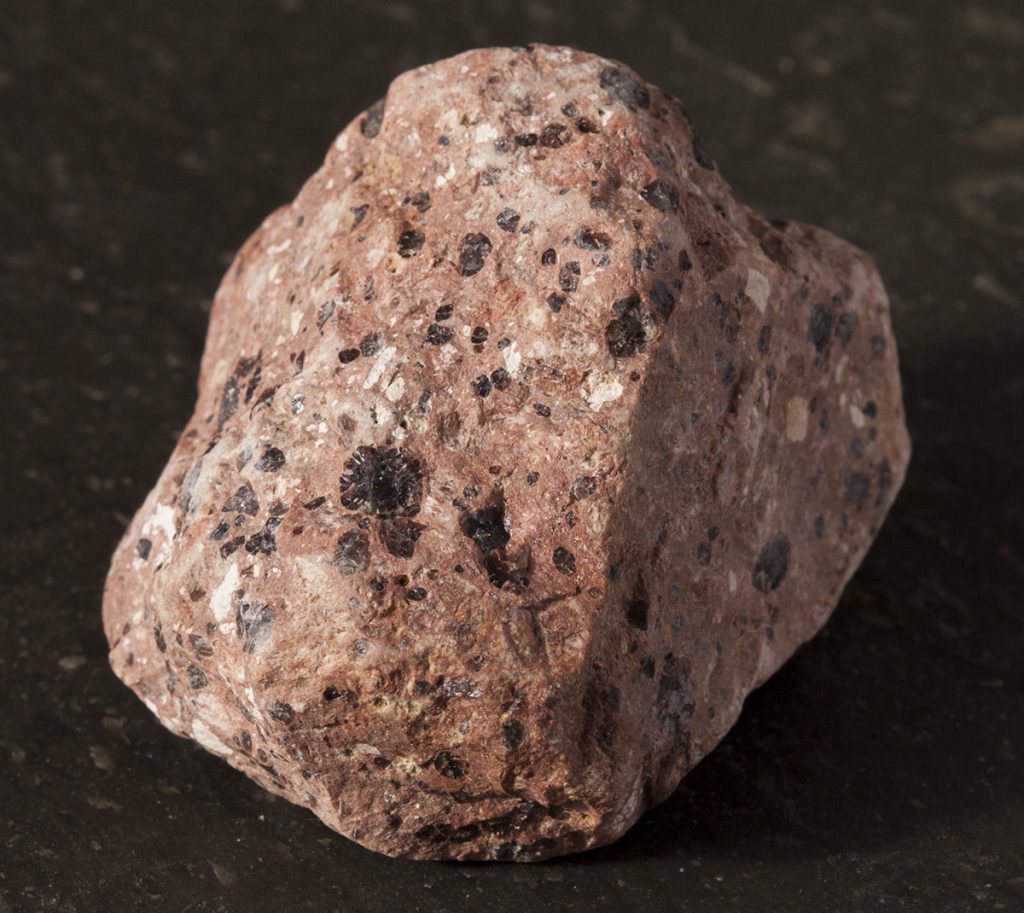Corona meant a serious delay for Wetropolis project. Mostly because we, several different partners, could not work as efficiently together as we wished. This delayed the project, made cooperation harder. Maybe you recognise this from your own work.
But that seems to be over now, and even though it was a lot of waiting, holding back, many things happened still in the project.
First of all, we developed cases in Zwolle (NL) and Enschede (NL), more of which will follow soon. They concern adaptation to changing climate. Saxion, Design Cube 3D and Design Lab develop this part.
Even though we could not test it during Corona, due to limited acces to schools, the landscape / river model has been worked out more into a practical setting that can be used on schools. This is PreU and Wowlab work
Especially water and underground water insight and evaluation of problems have been adressed. This will be followed by visualisations for water management in Enschede.T he combination with geographical software and tagging locations has also been worked out more thoroughly. This involved exploring GIS software and making 3D fysical models of Enschede and Zwolle. This is mainly done by Wowlab
Working with sensors developed only late in the project, but we can probably start using the sensors (climate data to begin with) this summer. ITC and KITT take a leading role here.
The report / study in which methods suitable for adressing the typical wetropolis-like water problems has been finished. The results are used in the development of workshops in Zwolle and Enschede which will take place in April and May 2022. The report was written by Design Lab.
We intend to work out using sensors in a citizen science like approach, inspired by ” Meet je stad Amersfoort” , but this still is in a start up phase. (Wowlab, Kitt)
